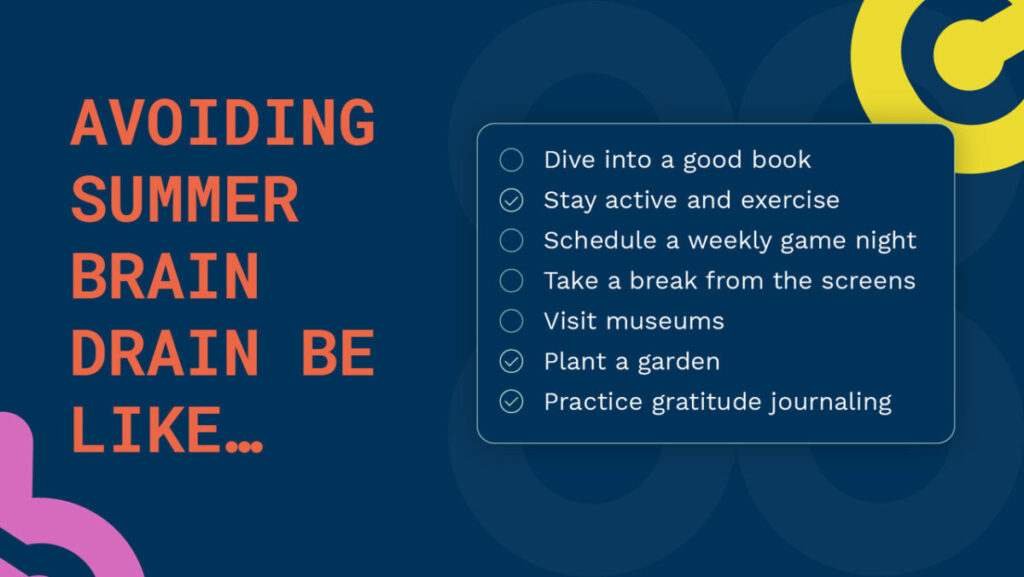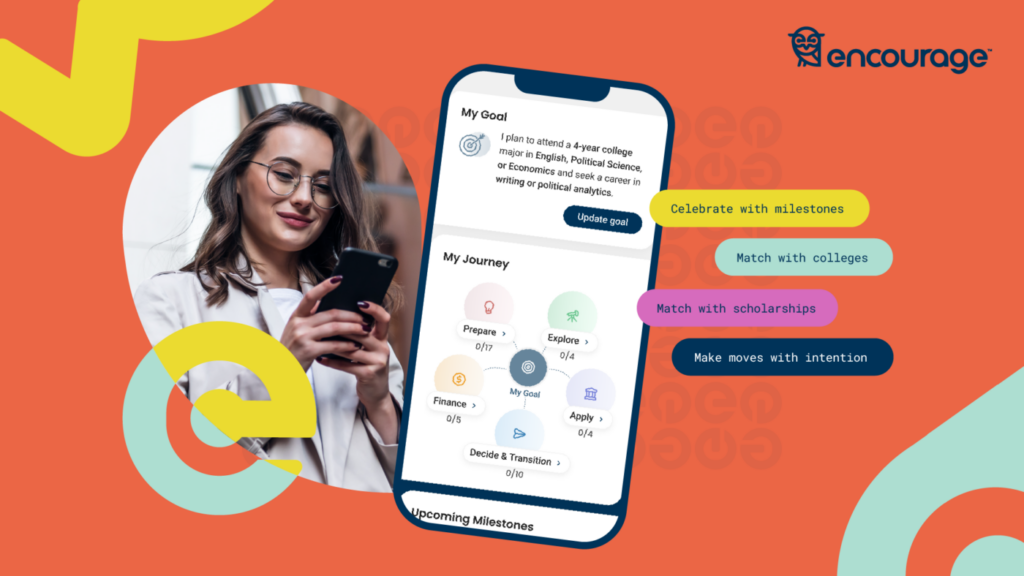A Crash Course in Admissions and Financial Aid
As you fill out financial aid forms and compare financial aid packages, you’ll probably see some unfamiliar terminology. While most terminology is universal across US colleges, some terms are unique to specific colleges. Don’t be afraid to ask your high school or admissions counselor about acronyms or processes. They want you to be as informed ... A Crash Course in Admissions and Financial Aid









